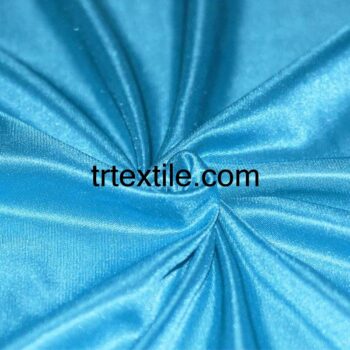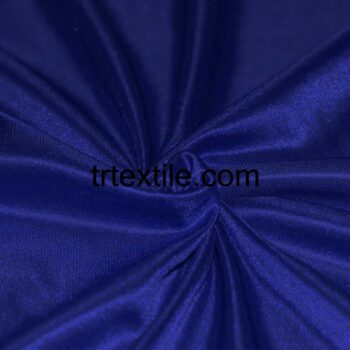-
aqua lining fabric
$2,00Original price was: $2,00.$1,00Current price is: $1,00. -
beige lining fabric
$2,00Original price was: $2,00.$1,00Current price is: $1,00. -
beige lining pocket fabric
$2,00Original price was: $2,00.$1,00Current price is: $1,00. -
black lining fabric
$2,00Original price was: $2,00.$1,00Current price is: $1,00. -
black lining pocket fabric
$2,00Original price was: $2,00.$1,00Current price is: $1,00. -
blue lining fabric
$2,00Original price was: $2,00.$1,00Current price is: $1,00. -
blue lining pocket fabric
$2,00Original price was: $2,00.$1,00Current price is: $1,00. -
brown lining pocket fabric
$2,00Original price was: $2,00.$1,00Current price is: $1,00. -
burgundy lining fabric
$2,00Original price was: $2,00.$1,00Current price is: $1,00. -
burgundy lining pocket fabric
$2,00Original price was: $2,00.$1,00Current price is: $1,00. -
camel lining fabric
$2,00Original price was: $2,00.$1,00Current price is: $1,00. -
candy pink liner
$2,00Original price was: $2,00.$1,00Current price is: $1,00. -
copper lining pocket fabric
$2,00Original price was: $2,00.$1,00Current price is: $1,00. -
coral lining pocket fabric
$2,00Original price was: $2,00.$1,00Current price is: $1,00. -
dark blue lining fabric
$2,00Original price was: $2,00.$1,00Current price is: $1,00. -
dark blue lining pocket fabric
$2,00Original price was: $2,00.$1,00Current price is: $1,00.
Lining fabrics are an essential component of many garments, providing structure, comfort, and a polished finish. They are typically used in tailored clothing such as suits, coats, dresses, and skirts, as well as in accessories like bags and hats. Lining fabrics serve several important functions, including adding opacity, reducing friction, enhancing drape, and protecting the outer fabric from wear and tear.
There are a wide variety of lining fabrics available, each with its own unique characteristics and advantages. Common lining fabrics include silk, polyester, acetate, viscose, cotton, and satin. Silk is a luxurious option that is soft, smooth, and breathable, making it ideal for high-end garments. Polyester is a popular choice for its durability, affordability, and easy care. Acetate has a silky feel and drapes beautifully, while viscose is soft, lightweight, and breathable. Cotton is a natural fiber that is breathable and comfortable, while satin is a shiny, smooth fabric that adds a touch of elegance to any garment.
When selecting a lining fabric, it is important to consider the weight, color, texture, and breathability of the fabric, as well as how it will interact with the outer fabric. Lightweight fabrics are typically used for summer clothing, while heavier fabrics are more suitable for winter garments. The color of the lining fabric should complement the outer fabric and enhance the overall look of the garment. Textured linings can add interest and dimension to a garment, while breathable fabrics are essential for comfort.
In addition to the type of fabric, the construction of the lining is also important. Lining fabrics can be woven or knit, and can be made with different finishes such as plain, twill, satin, or jacquard. Woven linings are more durable and provide better structure, while knit linings are more stretchy and comfortable. The finish of the lining fabric can also affect the overall look and feel of the garment, with satin linings adding a luxurious touch and jacquard linings adding a touch of sophistication.
In terms of care, lining fabrics should be chosen based on the care requirements of the outer fabric. For example, if the outer fabric is dry clean only, the lining fabric should also be dry clean only to prevent shrinking or fading. It is also important to pre-wash lining fabrics before using them in a garment to prevent shrinkage or color bleeding.
Overall, lining fabrics play a crucial role in the construction and quality of a garment. They provide comfort, structure, and a polished finish, while also protecting the outer fabric from wear and tear. By choosing the right lining fabric for your garment, you can ensure that it looks and feels its best, and will stand the test of time.















